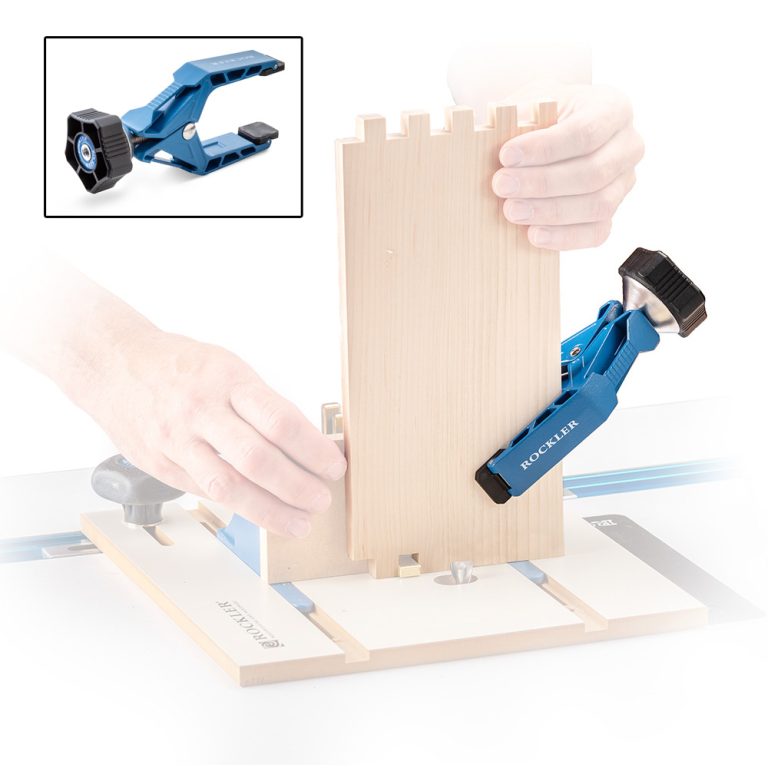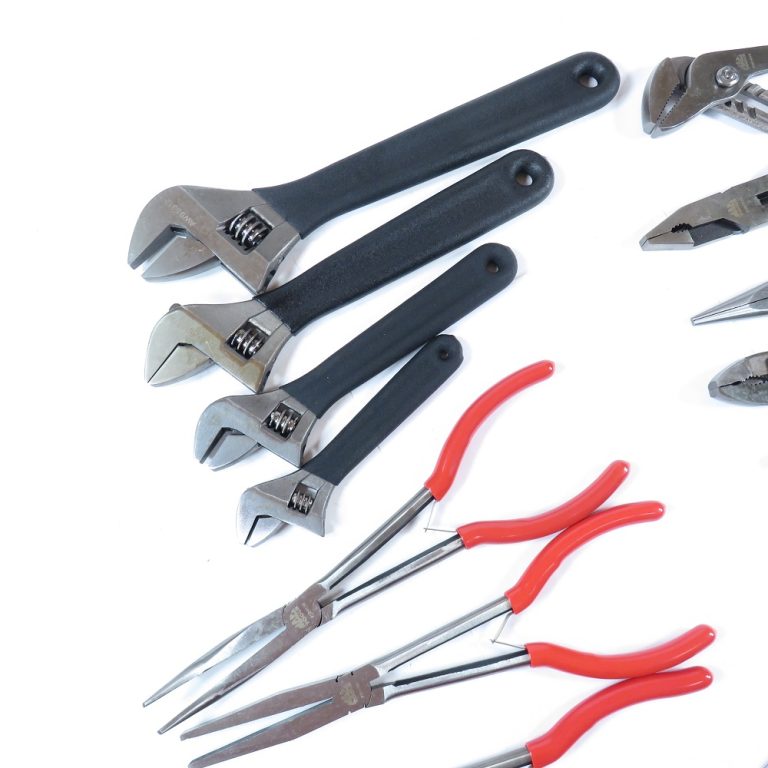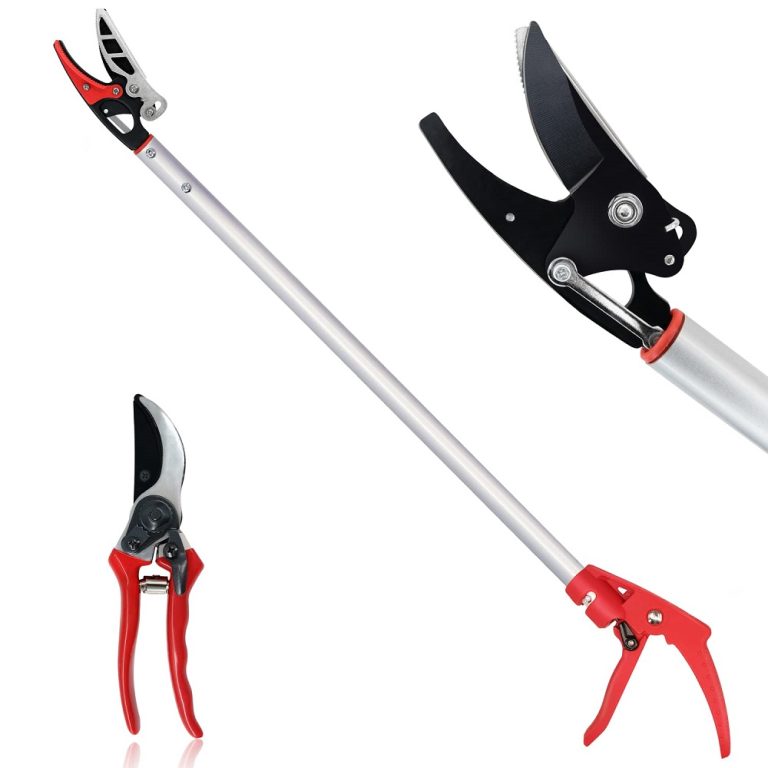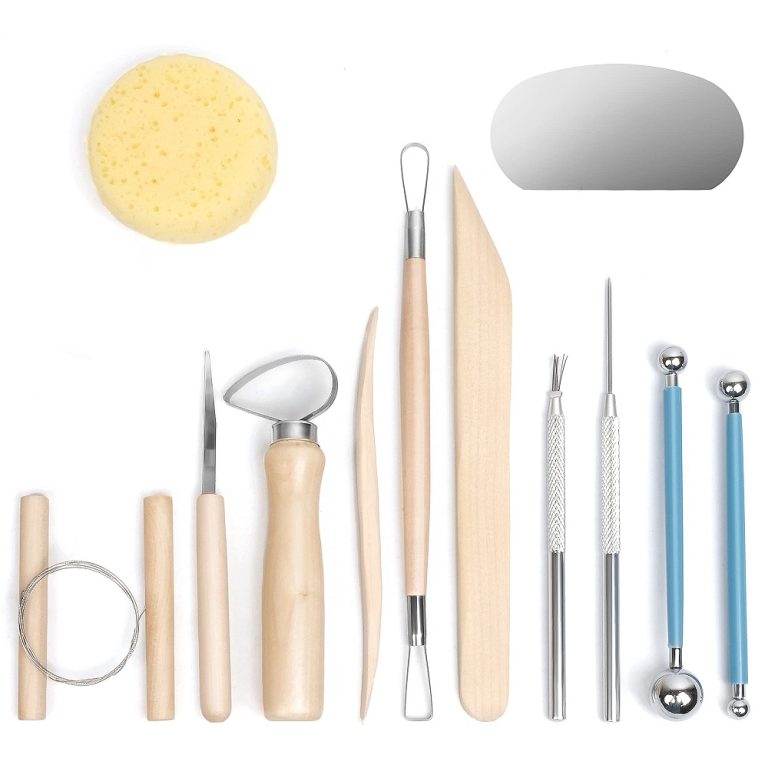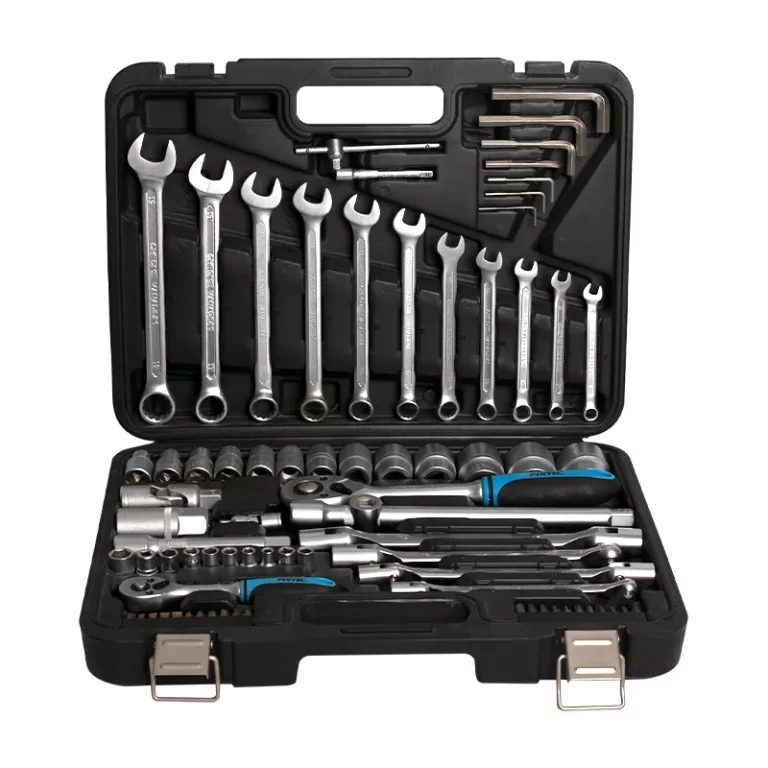The Anatomy of Cutting Pliers
Understanding the anatomy of cutting pliers is crucial for selecting the right tool for the job. Each component plays a specific role in providing the functionality and efficiency you need while working.
Different Types of Cutting Edges
Cutting pliers come with a variety of cutting edges designed for specific tasks. Some common types include the bevelled edge, which is ideal for general-purpose cutting and offers durability; the flush edge, which provides a clean cut and is perfect for trimming and precision work; and the micro-bevel edge, which is a compromise between bevelled and flush edges, catering to both durability and precision.
Handle Design and Materials
The handles of cutting pliers greatly impact user comfort and effectiveness. Materials range from plastic and rubber grips, which offer comfort and slip-resistance, to steel handles, which provide strength and durability. The design of the handle should also align with the plier’s intended use — longer handles generate more leverage, while shorter handles offer more control.
Joint Types and Their Functions
Joints are another vital component to consider. The most common types are the fixed joint, which is sturdy and reliable for heavy-duty cutting, and the adjustable joint, which allows for variation in the width of the handle spread. This enables a customized fit for the user’s hand size and facilitates cutting different material thicknesses.
Each aspect of cutting pliers’ anatomy, from the cutting edges to the joints, serves a purpose. Recognizing these can guide you in selecting a pair that meets your project’s demands. Look for quality cutting pliers that suit the job at hand to ensure precision and longevity.

Selecting the Right Cutting Pliers for Your Project
Choosing the correct cutting pliers can make a significant difference in your work’s outcome. When embarking on a project, there are key factors to consider to optimize your experience and results. Below we discuss two crucial aspects: the size and length of the pliers, as well as the material and wire gauge specifications they are suited for.
Size and Length Considerations
The size of cutting pliers dictates their capability and ease of use. Small pliers are best for delicate tasks where control is paramount. On the other hand, larger pliers offer the force needed for thick wires. The length also affects leverage — longer handles provide more power but can be cumbersome in tight spaces. Aim for a balance between size and workspace constraints.
Material and Wire Gauge Specifications
The material of the cutting edges determines the pliers’ longevity and ability to make clean cuts. High-carbon steel is a popular choice for its durability and sharpness. Stainless steel resists corrosion, making it ideal for humid environments. The proper wire gauge is important too. Pliers should match the wire thickness you’re cutting. Using pliers intended for heavier wire can damage thinner gauges, while those made for thinner wire might not cut thicker gauges effectively. Reference the manufacturer’s specifications to ensure compatibility.
Selecting the right cutting pliers involves weighing these variables against your project needs. Doing so will grant you precision in your work and help maintain the tool’s durability.
Maintenance and Care for Longevity
Maintaining your cutting pliers is crucial for their longevity and performance. Proper care ensures that they remain in top condition and serve you well for years.
Cleaning Your Cutting Pliers
Dirt and debris can affect your cutting pliers’ efficiency. Clean them after each use. Wipe the blades with a soft cloth. Use a mild detergent for tough grime. Dry them thoroughly to prevent rust.
Sharpening Techniques
Sharpen your pliers regularly to maintain a crisp cutting edge. Use a fine file or sharpening stone. Follow the original angle of the edge. Work with gentle, consistent strokes for even sharpening. Test the sharpness on scrap material.
Storage Solutions
Store your cutting pliers in a dry, clean place. Use a toolbox or a wall-mounted holder. Keep them away from moisture to prevent corrosion. Organize them by size and type for easy access.

Safety Measures When Using Cutting Plier
Safety is paramount when using cutting pliers in any project. Here are ways to ensure your safety while working with these tools.
Proper Hand Positioning
Ensure you position your hands correctly on the cutting pliers.Keep your fingers away from the cutting edge. Grip the handles firmly for control. Always cut at a comfortable angle to avoid strain.
Eye Protection and Workspace Safety
Always wear safety glasses to protect your eyes from flying debris. Keep your workspace clear of clutter. Make sure there is adequate lighting to see your work clearly. Store cutting pliers safely to prevent accidents.
Cutting Pliers Techniques for Precision Work
When it comes to precision work, mastering the use of cutting pliers is key. Proper techniques can dramatically improve the accuracy and look of your cuts.
Making Clean Cuts
Clean cuts are a hallmark of professional work. Follow these tips:
- Use the right type of cutting edge for your material. Bevelled edges work well for most tasks.
- Align the wire perpendicularly to the cutting edge for a square cut.
- Apply even pressure and cut in a swift, single motion to avoid jagged edges.
- Inspect your cutting pliers before use to ensure they’re free from damage.
Angled Cutting and Specialty Techniques
Sometimes, a straight cut just won’t do. For angled cuts or special situations, try these methods:
- Tilt the pliers to match the desired angle, then cut.
- Use pliers with specialty edges, like curved or diagonal, for specific applications.
- Practice your technique on scrap material first.
- Maintain steady hand pressure to avoid slipping and ensure a precise cut.
Using these techniques with quality cutting pliers will elevate your precision work, ensuring each cut is as sharp and accurate as needed for the task at hand.
Troubleshooting Common Issues
Even the highest quality cutting pliers can encounter problems. Knowing how to manage these issues is key to keeping your tools in good working order.
Dealing with Dull Blades
Dull blades make cutting difficult and can ruin your materials. To fix this:
- Recognize the signs of dullness, such as frayed cuts or extra effort needed.
- Use a fine file or sharpening stone to sharpen the blades.
- Follow the existing edge angle closely for best results.
- Test the sharpness on a piece of scrap wire after sharpening.
Regular maintenance prevents blades from getting too dull and makes them easier to sharpen.
Handling Stuck or Jammed Pliers
Cutting pliers might get stuck sometimes. This can happen due to rusty joints or trapped material. Here’s what you can do:
- Apply a few drops of penetrating oil on the joint. Let it sit, then try moving the handles.
- If debris is the issue, clean the blades thoroughly before cutting again.
- Don’t force the pliers; it could bend or break them.
- Ensure you are using the right-sized cutting pliers for your material.
By addressing common issues head-on with these tips, your cutting pliers will perform at their best, reducing frustration and improving your precision work.
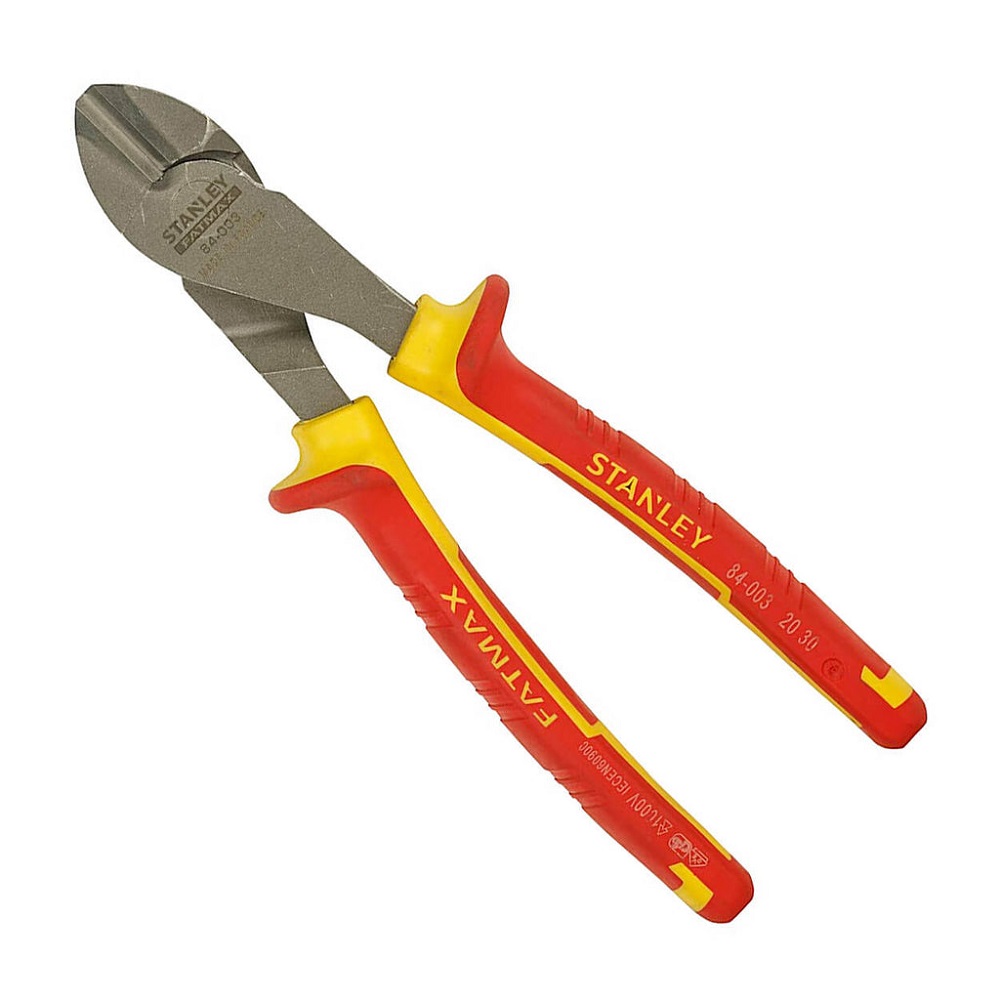
Innovative Features and New Technology in Cutting Pliers
The world of cutting pliers continues to evolve with innovative features and new technology. This progress aims to enhance user experience and cut quality. Let’s look at some of the latest developments.
Ergonomic Improvements
Modern cutting pliers focus on ergonomic design. Manufacturers now produce handles that reduce hand fatigue. Features include:
- Curved handles that fit naturally in the palm.
- Soft grip materials that cushion and reduce slipping.
- Spring-loaded handles that open automatically, lessening hand strain.
These ergonomic advances help users work longer without discomfort.
Advances in Cutting Materials and Coatings
The materials and coatings used in cutting pliers have seen significant advancement. The latest cutting pliers feature:
- High-strength alloys that keep the edge sharper for longer.
- Non-stick coatings that prevent material buildup on the blades.
- Rust-resistant finishes that extend tool life in damp environments.
With these materials and coatings, cutting pliers maintain their precision and require less maintenance. Adopting cutting pliers with these innovative features can boost your work’s efficiency and outcome.
Specialized Cutting Techniques
Learning Advanced Cutting Methods
Understanding specialized cutting techniques can enhance your skills with cutting pliers. Techniques such as “score and snap” or “flush cutting” can be beneficial depending on the project. Familiarizing yourself with these methods can lead to greater precision in your work.
Practicing on Scraps
Before attempting specialized techniques on your actual project, practice using scrap materials. This allows you to develop your skills without the risk of damaging your primary materials. Practicing different cutting methods improves your overall competence with the tools.
Seeking Instructional Resources
Look for instructional videos or guides that demonstrate advanced cutting techniques. Many online platforms provide tutorials aimed at enhancing your skills. Learning from experts will refine your technique and broaden your toolkit of skills.
Understanding Wire and Material Types
Identifying Different Wires
When working with cutting pliers, it’s crucial to identify the type of wire or material you’re working with. Different wires, such as copper, aluminum, or steel, have varying hardness and properties. Understanding these differences will help you choose the right cutting tool for the job.
Selecting the Appropriate Pliers
For softer wires like copper, standard cutting pliers work well. However, for harder wires like steel, consider using specialized cutters with more robust cutting edges. Selecting the appropriate pliers based on the material ensures better results and reduces wear on your tools.
Awareness of Material Properties
Understanding the properties of various materials can enhance your cutting techniques. Some materials may require specific approaches, while others may demand greater precision. Familiarizing yourself with these materials will improve your ability to make strategic decisions while working.
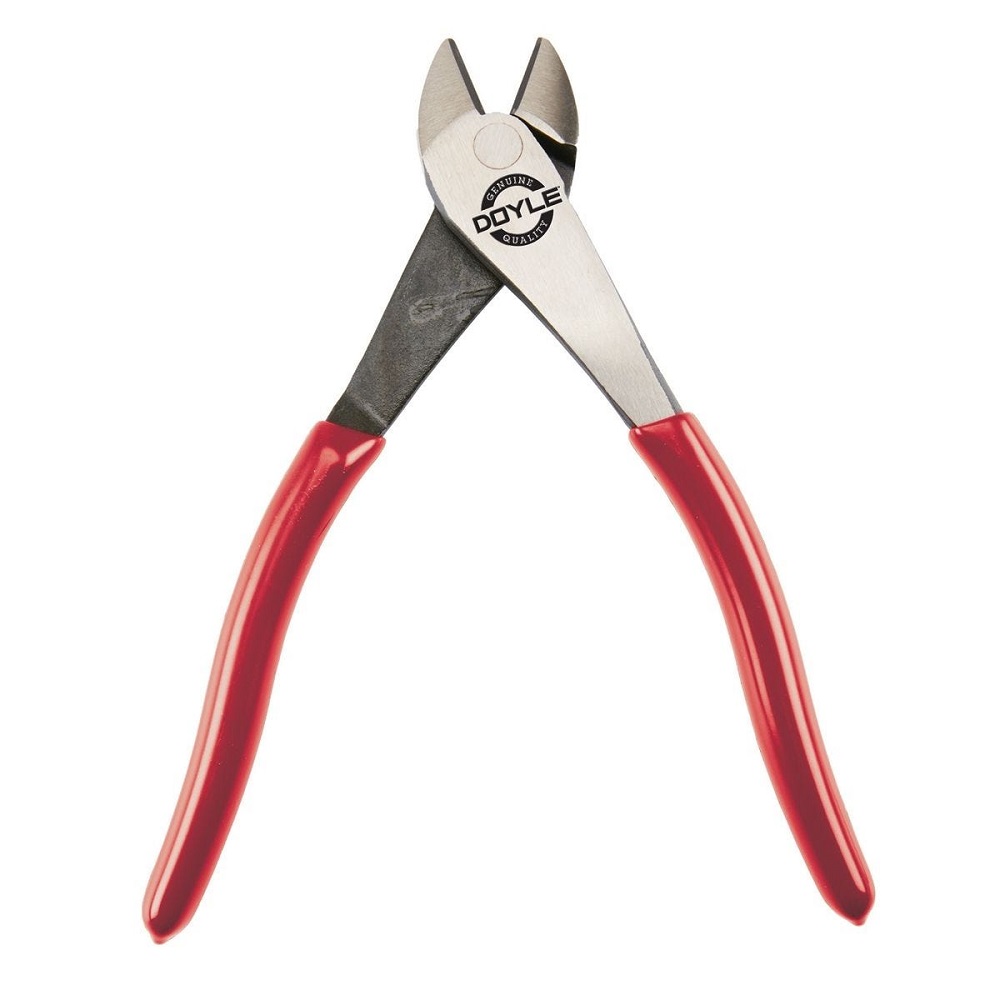
Exploring Accessories for Cutting Plier
Useful Accessories
In addition to the cutting pliers themselves, several accessories can enhance your experience. Items such as wire cutters, safety grips, and spool holders can add functionality and efficiency to your projects.
Wire Cutters
Wire cutters are compact tools that can help refine your work. They help to cut wire more quickly than standard cutting plier, especially when working with thicker gauges. Having a dedicated wire cutter may streamline your process and improve overall efficiency.
Safety Grips
Consider using safety grips on your cutting plier if you find handling them challenging. These grips provide a more comfortable and secure hold, reducing hand fatigue. Enhanced grip improves control and precision during cutting, leading to better outcomes.
The Benefits of Professional Tools
Investing in Quality
Choosing professional-grade cutting pliers can provide substantial benefits. These tools are typically made from stronger materials and designed for durability, making them more reliable over time. Quality tools often perform better than standard home-use options during demanding tasks.
Long-Term Savings
Investing in reliable tools can save you money in the long run. High-quality cutting pliers are less likely to break or wear out quickly. This reliability reduces the need for frequent replacements, making it a better investment over time.
Enhanced Performance
Professional tools often provide improved cutting performance. Sharp, durable edges result in more precise cuts, leading to better overall work quality. Upgrading to professional-grade tools is an investment that can yield significant positive results in your projects.
Building Skills Through Experience
Importance of Practice
As with any craft, practice is vital for mastering the use of cutting pliers. Regularly use the tools to become more proficient. The more you work with them, the more comfortable you will become in achieving precision and efficiency.
Trying New Projects
Experimenting with different projects helps build your skill set. Each project presents a unique challenge, providing valuable experience in using cutting pliers effectively. Embrace new challenges to expand your knowledge and abilities.
Reflecting on Progress
Take the time to reflect on your progress and the skills you have developed. Acknowledging improvements boosts motivation and encourages continued practice. Keeping a record of your projects and skills achieved helps track your growth over time.

Transform Your Projects with Precision
Summary of Key Points
Choosing the right cutting pliers and understanding maintenance are critical for achieving precision in your projects. Knowledge of different types, suitable accessories, and proper techniques enables you to work more effectively. By developing your skills and maintaining your tools, you enhance the quality of your work.
Confidence in Your Craft
Using proper techniques and high-quality tools allows you to tackle any project with confidence. A well-fitted pair of cutting pliers can make a significant difference in your overall experience. Embrace this confidence as you undertake new challenges and projects in your craft.
Celebrate the Journey
Finally, celebrate your growth as a craftsman or craftswoman. Each project you complete contributes to your development and mastery of skills. Enjoy the process, learn from any mistakes, and take pride in the work you accomplish. With the right cutting pliers and techniques, you are equipped to create amazing projects that reflect your hard work and dedication.

